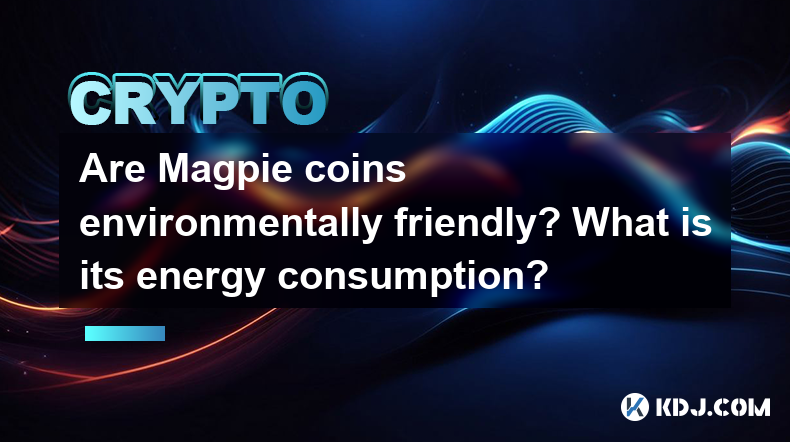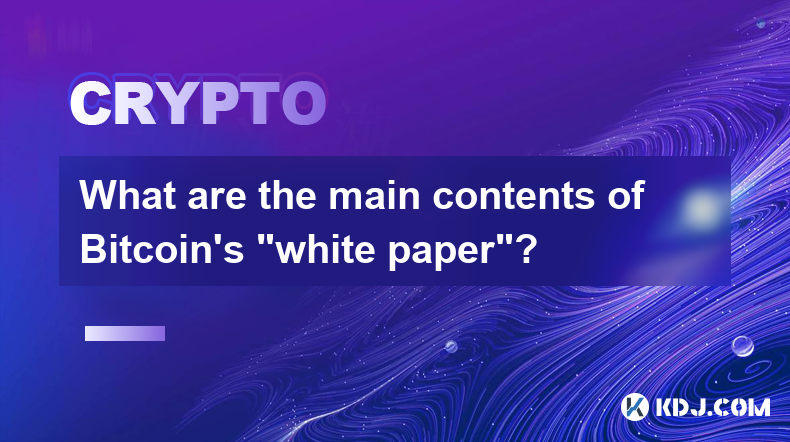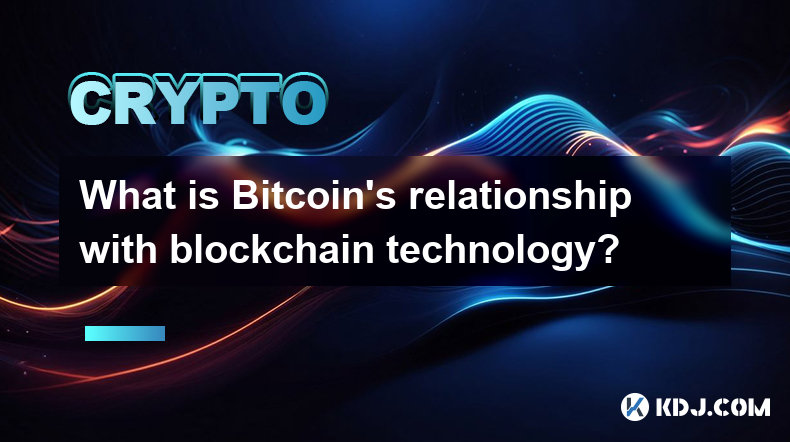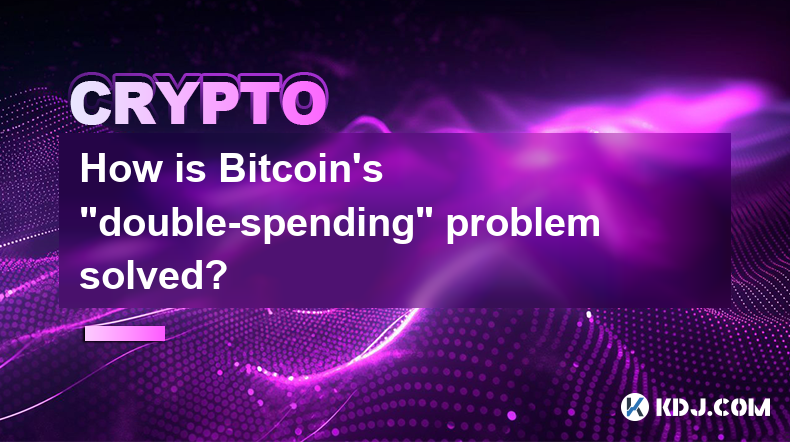-
 Bitcoin
Bitcoin $95,625.5785
-0.99% -
 Ethereum
Ethereum $2,815.3196
1.02% -
 XRP
XRP $2.5556
-1.67% -
 Tether USDt
Tether USDt $1.0000
0.01% -
 BNB
BNB $654.3447
-1.08% -
 Solana
Solana $168.2399
-2.91% -
 USDC
USDC $0.9997
-0.02% -
 Dogecoin
Dogecoin $0.2424
-1.79% -
 Cardano
Cardano $0.7668
-1.60% -
 TRON
TRON $0.2437
3.42% -
 Chainlink
Chainlink $17.6287
-1.56% -
 Sui
Sui $3.3247
-2.31% -
 Avalanche
Avalanche $24.5974
-5.61% -
 Stellar
Stellar $0.3308
-1.61% -
 Litecoin
Litecoin $127.3768
-0.62% -
 Toncoin
Toncoin $3.7713
2.15% -
 Shiba Inu
Shiba Inu $0.0...01553
-0.55% -
 UNUS SED LEO
UNUS SED LEO $9.7618
0.60% -
 Hedera
Hedera $0.2105
-3.93% -
 MANTRA
MANTRA $8.4193
10.36% -
 Hyperliquid
Hyperliquid $23.9436
-2.18% -
 Polkadot
Polkadot $4.9818
-2.69% -
 Bitcoin Cash
Bitcoin Cash $325.4295
1.30% -
 Bitget Token
Bitget Token $4.9715
0.52% -
 Ethena USDe
Ethena USDe $1.0004
0.08% -
 Uniswap
Uniswap $9.0208
-0.14% -
 Dai
Dai $0.9999
-0.01% -
 Monero
Monero $232.9946
-1.05% -
 NEAR Protocol
NEAR Protocol $3.4185
-4.04% -
 Pepe
Pepe $0.0...09354
-3.20%
Are Magpie coins environmentally friendly? What is its energy consumption?
Magpie Coin's hybrid consensus mechanism balances security and energy efficiency, with ongoing measures to minimize its environmental footprint through optimized algorithms, increased staking, and renewable energy initiatives.
Dec 31, 2024 at 03:42 am

Key Points
- Understanding Proof-of-Work and Proof-of-Stake Consensus Mechanisms
- Evaluating Energy Consumption of Major Cryptocurrencies
- Assessing the Environmental Impact of Magpie Coin
- Exploring Energy-Saving Measures and Future Prospects
Understanding Proof-of-Work and Proof-of-Stake Consensus Mechanisms
In the cryptocurrency realm, consensus mechanisms play a pivotal role in maintaining the integrity and security of blockchain networks. Two widely adopted consensus mechanisms are:
Proof-of-Work (PoW)
PoW is a computationally intensive process where miners solve complex mathematical puzzles to validate transactions and add new blocks to the blockchain. The energy consumed in this process is substantial, making PoW-based cryptocurrencies environmentally taxing.
Proof-of-Stake (PoS)
PoS, on the other hand, requires validators to stake their coins to participate in the consensus process. Block validation is based on the amount of coins staked, rather than computational power. This method significantly reduces energy consumption compared to PoW.
Evaluating Energy Consumption of Major Cryptocurrencies
The environmental impact of cryptocurrencies has gained significant attention. To assess their energy consumption, let's examine the top PoW and PoS cryptocurrencies:
1. Bitcoin (PoW)
Bitcoin, the pioneer cryptocurrency, remains highly energy-intensive, consuming an estimated 130 terawatt-hours (TWh) annually, equivalent to the power usage of the Netherlands.
2. Ethereum (formerly PoW, now transitioning to PoS)
Ethereum, once the largest PoW blockchain, is undergoing a transition to PoS. In its PoW phase, Ethereum's energy consumption reached 78 TWh per year, but the shift to PoS is expected to reduce its energy footprint by over 99%.
3. Litecoin (PoW)
Litecoin, a faster alternative to Bitcoin, consumes approximately 4 TWh annually, making it less energy-intensive than Bitcoin.
4. Cardano (PoS)
Cardano, a PoS blockchain known for its rigorous academic foundation, consumes only 0.006 TWh yearly.
Assessing the Environmental Impact of Magpie Coin
Magpie Coin employs a unique hybrid consensus mechanism that combines PoW and PoS to enhance security and efficiency. Its energy consumption profile is as follows:
- PoW component: Accounts for approximately 10% of the total energy consumption, primarily used for block validation and transaction processing.
- PoS component: Comprises 90% of the energy consumption, utilized for staking and maintaining the network's stability.
Compared to other PoW-based cryptocurrencies, Magpie Coin's energy footprint is significantly reduced due to its PoS component. However, it consumes more energy than PoS-only cryptocurrencies like Cardano.
Exploring Energy-Saving Measures and Future Prospects
Magpie Coin is actively pursuing measures to further reduce its energy consumption:
- Optimizing PoW algorithm: Enhancing the efficiency of the PoW algorithm to minimize computational power requirements.
- Increasing PoS staking: Encouraging more stakeholders to participate in staking, thereby reducing the reliance on energy-intensive PoW mining.
- Collaborating on renewable energy initiatives: Partnering with renewable energy providers to source power from sustainable sources.
Magpie Coin's hybrid consensus mechanism provides a balanced approach to security and energy efficiency. The ongoing development of energy-saving measures and the potential transition to a more PoS-heavy consensus model hold promise for further reducing the coin's environmental impact.
FAQs
Q1. Why is Magpie Coin considered environmentally friendly?
A: Magpie Coin employs a hybrid consensus mechanism that includes a significant PoS component, reducing its energy consumption compared to pure PoW cryptocurrencies.
Q2. What is the energy consumption of Magpie Coin compared to other cryptocurrencies?
A: Magpie Coin's energy consumption is notably lower than PoW-based cryptocurrencies but higher than pure PoS cryptocurrencies. It currently consumes approximately 0.04 TWh per year.
Q3. What measures is Magpie Coin taking to reduce its energy footprint?
A: Magpie Coin is optimizing its PoW algorithm, increasing PoS staking, and exploring collaborations with renewable energy providers to minimize its environmental impact.
Q4. Is Magpie Coin the most environmentally friendly cryptocurrency?
A: While Magpie Coin's hybrid consensus mechanism offers energy-saving advantages, there are PoS-only cryptocurrencies with even lower energy consumption. The most environmentally friendly cryptocurrency depends on the specific consensus mechanism and energy optimization measures implemented.
Disclaimer:info@kdj.com
The information provided is not trading advice. kdj.com does not assume any responsibility for any investments made based on the information provided in this article. Cryptocurrencies are highly volatile and it is highly recommended that you invest with caution after thorough research!
If you believe that the content used on this website infringes your copyright, please contact us immediately (info@kdj.com) and we will delete it promptly.
- Mutuum Finance (MUTM), XRP, and Dogecoin (DOGE) Are the Best Crypto Investments for 2025, Analysts Say
- 2025-02-24 01:25:26
- Binance Smart Chain (BSC)-Based Meme Coin, TST, Jumps Nearly 50% After CZ Conducts His First-Ever DEX Trade
- 2025-02-24 01:25:26
- Ethereum (ETH) Pumping Today: Why Is ETH Price Rising? Will It Hit $15,000 This Year?
- 2025-02-24 01:25:26
- Ethereum (ETH) Price May Be at Risk of a Bigger Dive as the Market Came to Terms with the $1.4 Billion Hack by the Lazarus Group
- 2025-02-24 01:25:26
- Ripple’s Wild Ride: Is XRP Ready for More Growth?
- 2025-02-24 01:25:26
- BNB Price Approaches a Key Level—Can It Clear the Hurdle?
- 2025-02-24 01:25:26
Related knowledge

What are the long-term investment risks of Bitcoin?
Feb 22,2025 at 05:30pm
Key PointsVolatility and price fluctuationsRegulatory uncertaintySecurity risksCompetition from altcoinsMarket manipulation and scamsTransaction feesEnvironmental concernsLong-Term Investment Risks of BitcoinVolatility and Price FluctuationsBitcoin's high volatility is a double-edged sword. While it has the potential to generate substantial returns, it ...

What are the main contents of Bitcoin's "white paper"?
Feb 21,2025 at 04:36am
Key Points:Understanding Bitcoin's Genesis: The White Paper's IntroductionA Decentralized Digital Currency: Bitcoin's Core ConceptBlockchain Technology: The Foundation of Bitcoin's Immutable LedgerProof-of-Work: Securing Bitcoin's NetworkThe Design of Bitcoin's Currency: Issuance, Scarcity, and DivisibilityBitcoin's Potential Applications and Future Pro...

How does Bitcoin's distributed ledger ensure consistency?
Feb 22,2025 at 10:06pm
Key Points:Bitcoin employs a distributed ledger, also known as a blockchain, to maintain a tamper-proof and consistent record of transactions.The blockchain is a decentralized network of computers that collectively validate and store transaction data.Bitcoin's distributed ledger ensures consistency through consensus mechanisms and cryptographic algorith...

What does the Cryptographic Fundamentals of Bitcoin consist of?
Feb 21,2025 at 12:06pm
Key PointsUnderstanding the cryptographic algorithms used in BitcoinFamiliarization with the Bitcoin blockchain and its underlying mechanicsExamination of the security measures that protect Bitcoin from attackAnalysis of the decentralized nature of Bitcoin and its implicationsDiscussion of the scalability and transaction fee issues associated with Bitco...

What is Bitcoin's relationship with blockchain technology?
Feb 22,2025 at 07:00pm
Bitcoin's Intertwined Relationship with Blockchain TechnologyKey Points:Definition of blockchain technology and its decentralized natureBitcoin's utilization of blockchain for secure and immutable transactionsThe role of blockchain in verifying and confirming transactionsEvolution of blockchain technology beyond Bitcoin's cryptocurrency applicationsUnde...

How is Bitcoin's "double-spending" problem solved?
Feb 23,2025 at 02:54am
Key Points:The double-spending problem refers to the potential for a digital currency transaction to be reversed, allowing the same funds to be spent multiple times.Bitcoin solves this problem through the use of a decentralized blockchain, a public ledger that records all transactions permanently and securely.The immutability and transparency of the blo...

What are the long-term investment risks of Bitcoin?
Feb 22,2025 at 05:30pm
Key PointsVolatility and price fluctuationsRegulatory uncertaintySecurity risksCompetition from altcoinsMarket manipulation and scamsTransaction feesEnvironmental concernsLong-Term Investment Risks of BitcoinVolatility and Price FluctuationsBitcoin's high volatility is a double-edged sword. While it has the potential to generate substantial returns, it ...

What are the main contents of Bitcoin's "white paper"?
Feb 21,2025 at 04:36am
Key Points:Understanding Bitcoin's Genesis: The White Paper's IntroductionA Decentralized Digital Currency: Bitcoin's Core ConceptBlockchain Technology: The Foundation of Bitcoin's Immutable LedgerProof-of-Work: Securing Bitcoin's NetworkThe Design of Bitcoin's Currency: Issuance, Scarcity, and DivisibilityBitcoin's Potential Applications and Future Pro...

How does Bitcoin's distributed ledger ensure consistency?
Feb 22,2025 at 10:06pm
Key Points:Bitcoin employs a distributed ledger, also known as a blockchain, to maintain a tamper-proof and consistent record of transactions.The blockchain is a decentralized network of computers that collectively validate and store transaction data.Bitcoin's distributed ledger ensures consistency through consensus mechanisms and cryptographic algorith...

What does the Cryptographic Fundamentals of Bitcoin consist of?
Feb 21,2025 at 12:06pm
Key PointsUnderstanding the cryptographic algorithms used in BitcoinFamiliarization with the Bitcoin blockchain and its underlying mechanicsExamination of the security measures that protect Bitcoin from attackAnalysis of the decentralized nature of Bitcoin and its implicationsDiscussion of the scalability and transaction fee issues associated with Bitco...

What is Bitcoin's relationship with blockchain technology?
Feb 22,2025 at 07:00pm
Bitcoin's Intertwined Relationship with Blockchain TechnologyKey Points:Definition of blockchain technology and its decentralized natureBitcoin's utilization of blockchain for secure and immutable transactionsThe role of blockchain in verifying and confirming transactionsEvolution of blockchain technology beyond Bitcoin's cryptocurrency applicationsUnde...

How is Bitcoin's "double-spending" problem solved?
Feb 23,2025 at 02:54am
Key Points:The double-spending problem refers to the potential for a digital currency transaction to be reversed, allowing the same funds to be spent multiple times.Bitcoin solves this problem through the use of a decentralized blockchain, a public ledger that records all transactions permanently and securely.The immutability and transparency of the blo...
See all articles




















































































